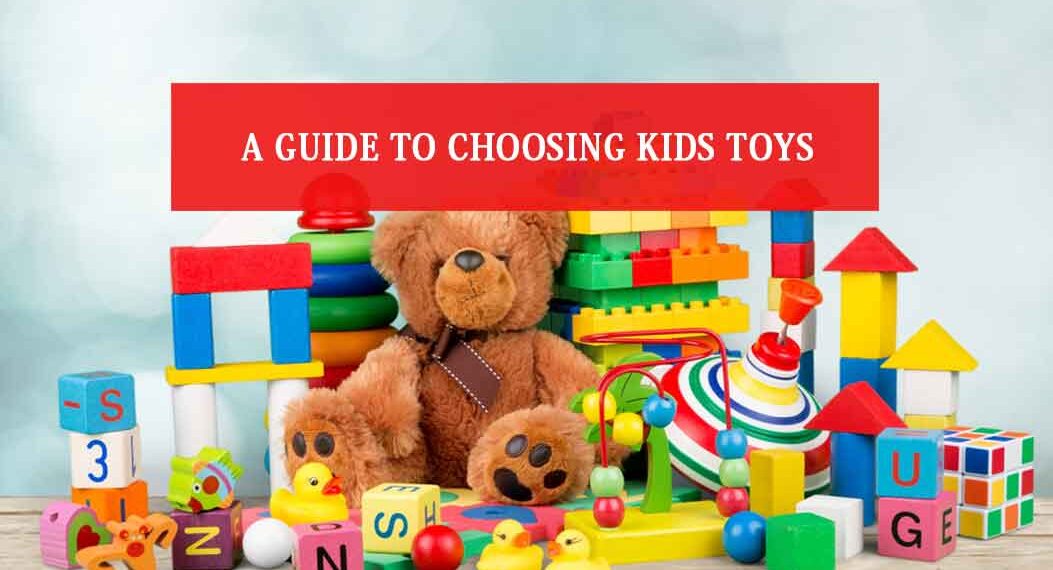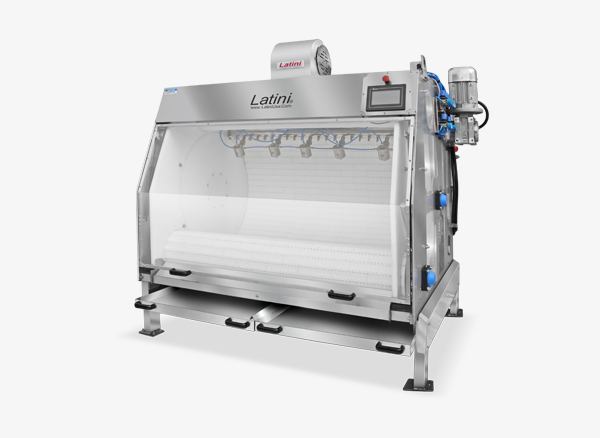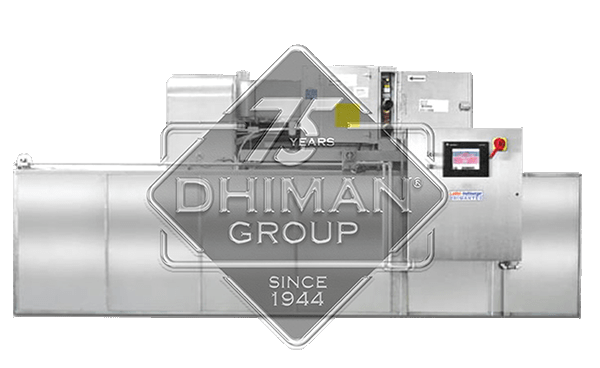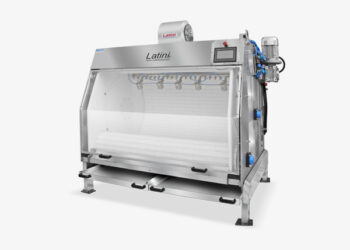Playtime doesn’t just involve fun and games, as you may have noticed when a child fits a square block into a square hole or catches a ball in midair. Playthings are essential tools for this business. Additionally, the toys should be chosen based on the age of the children. Action figures, kids cars, dollhouses, and soft toys are a few of the popular toys available in the market today. This article aims to provide an age-appropriate guide to how kids play and recommend toys that entertain and help children develop emotional and social skills and stimulate their developing brains.
Playthings for different ages
When reading the following recommendations of playthings for kids of various ages, remember that every child’s mental ability develops at a different rate. Children can play with any toy from the list, provided they are safe.
Toys for infants:
- Songs and lullabies are recorded on an audio player, books with baby songs and poems.
- Children like toys they can grip, gnaw at, wiggle, and make noise with. So rattles, textured balls, large rings, soft dolls, chunky rings, and vinyl books can be considered.
- A reflective, mirror-like surface where the infant can look at his face and framed pictures that display facial features.
Toys for 1-2-year-olds:
- Pretend play items – dolls, stuffed animals, vehicles with wheels made of wood and polypropylene material, and water-based toys.
- Playthings to fling and pick up: balls, plastic bowls, pebbles, and stacking dolls.
- Various building materials like wood cubes and foam blocks.
- Large balls, pull toys, fluffy things to climb over are great for utilising their large muscles.
- Books featuring simple artwork or pictures of actual objects.
- A collection of songs, rhymes, and simple stories.
- Toxic-free crayons, washable markers and big pieces of paper to make art with.
Toys for 2-4-year-olds:
- Objects that help with problem-solving like wood puzzles, snap-together blocks, and toys to group by size, colour, shape, smell.
- Buy a building block set and pretend utensils, small (and durable) kids cars, construction sets, dress-up dolls with accessories, small furniture (tables, chairs, drawers), and water and sand toys.
Toys for 4-6-year-olds:
- To make use of their big and tiny muscles – plastic bats and balls, different sized balls for kicking and catching, riding bikes, tunnels, wheelbarrows and wagons, bowling pins, targets and throwable objects, and a workbench with tools.
- Children can learn about an extensive range of concepts on several levels if they have access to computer software, including interactive programs, programs that children can understand, and software that allows them to control the program’s direction and pace.
Children’s safety with toys
The guidelines for the safety of children are below.
- Make sure you read the packaging instructions and warnings.
- Batteries should be firmly secured so that they are out of reach.
- Supervise the kids while they are playing.
- Look for products marked “non-toxic” on art materials to ensure they are safe from toxic materials.
- Show how to use the toy safely.
- Toys should be age-appropriate.
- Check to be sure that the sounds made by toys won’t scare your child.
- For children under three years old, avoid marbles and balls with diameters of less than 1.7 inches.
- Keep older children’s toys separate from those for younger children. Playing with older siblings’ toys can cause choking hazards for younger children because they contain small parts.
- Keep sharp or rigid toys away from children.
- Purchase a helmet when buying bicycles, scooters, tricycles, or skateboards for children of any age.


























